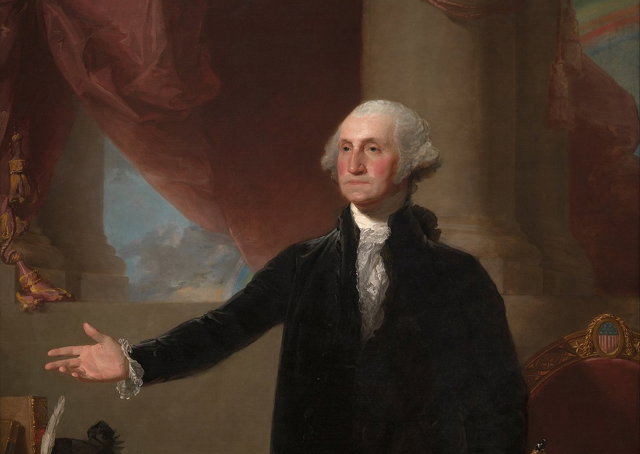How Gilbert Stuart Fought for His Commercial Art Rights in Colonial America

Artists have to make a living, and when a commercial artist creates something lucrative, their creative property rights will be rightfully and vigorously enforced. Photographer Lynn Goldsmith licensed an image of Prince for Andy Warhol to make several screen prints. The art was the work of both Goldsmith and Warhol, and she was paid. But further use of the art based on her photograph was not covered, and Goldsmith successfully sued Warhol's estate for allowing the art to be reprinted without permission.
But Goldsmith was far from the first artist to sue over the sale of derivative works based on her commercial creativity. One of the more notorious cases involved portrait artist Gilbert Stuart, who painted President George Washington several times. He did not see Washington as a muse; rather, the Founding Father was Stuart's opportunity to make money by selling copies and engravings of his portraits. He was not happy when some who bought his paintings, both in England and in China, turned around and reproduced his work for their own profit. Read about Stuart's battle over his artistic property at Smithsonian.